Can Chewing Gum Really Clean Your Teeth?
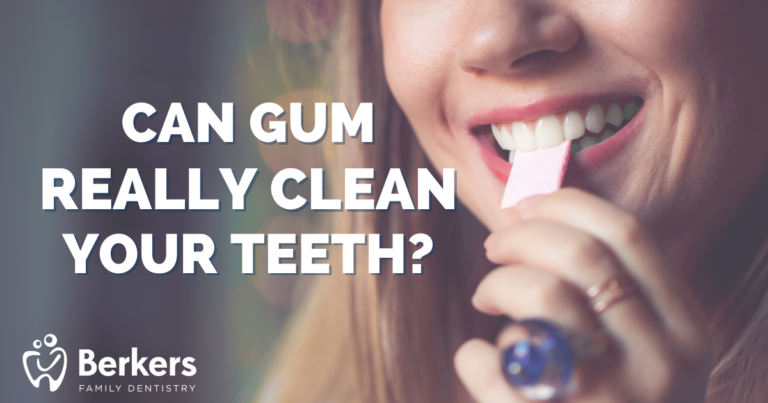
Did you know that gum has been around since ancient times? It’s true, Ancient Greeks would chew on tree sap but the chewing gum sold today is way different. Chewing gum today comes in sugar and sugar-free options, in which we recommend using sugar-free. While chewing gum has many oral effects it can also protect your teeth. The chewing gum that helps protect your teeth are recognized by the American Dental Association (ADA) with a Seal of Acceptance.
The main two types of gum today are sugar-containing and sugar-free. Sugar-containing chewing gum produces acid which can damage your enamel. You’ll want to try to avoid these types of gum. Sugar-free gum contains only 0.5 grams of sugar in each serving and these chewing gums do not use the same sugar as the sugar-containing gums. In this sugar-free gum, the sugars are replaced by high-intensity sweeteners such as stevia, which are non-cariogenic. This type of sugar is less damaging to your teeth and enamel. Additionally, chewing gum can increase saliva production which contributes to protecting your teeth.
According to the ADA, unsweetened gum increases salivary flow rate by 10-12 times but flavored gum is more effective. This stimulated saliva flow helps protect your teeth from erosion in multiple ways. Stimulated saliva buffers acids from the food and drinks you had throughout the day. This stimulated saliva has a higher buffer capacity compared to the salvia produced before chewing gum. The saliva will also add protein to your teeth which will help protect against erosion. Additionally, this increased saliva can help flush acid out that gets stuck in your throat.
When purchasing gum look for the ADA seal on the packaging, this ensures the product is safe and protects your teeth. Some chewing gums have the ability to whiten your teeth as well. When purchasing chewing gum look for sugar-free and the ADA seal such as:
Gum can have other benefits besides cleaning and protecting your teeth. One of these benefits is when chewing gum, people concentrate and strengthen their long-term memory. Additionally, when chewing gum a person can burn up to 11 calories an hour! Gum can also reduce the acid in a person’s throat which can help relieve heartburn. Remember that chewing gum doesn’t replace brushing and flossing but should be used with it. Finally, look for the ADA seal when purchasing sugar-free chewing gum! Contact us today to schedule your next appointment.
Interested in Berkers Family Dentistry?
Looking for dental care or have general questions concerning our Dentistry contact us today! For more information about what Berkers Family Dentistry has to offer for your dental care check out Services page.

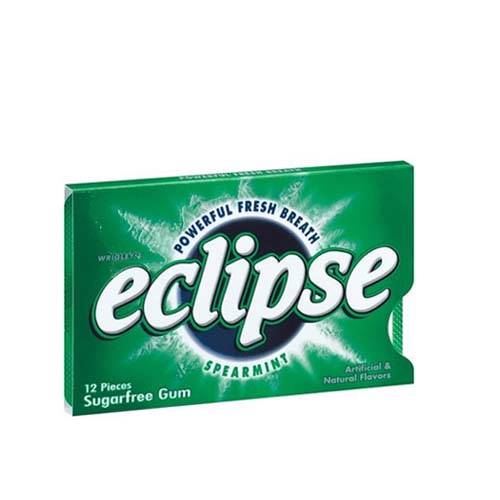
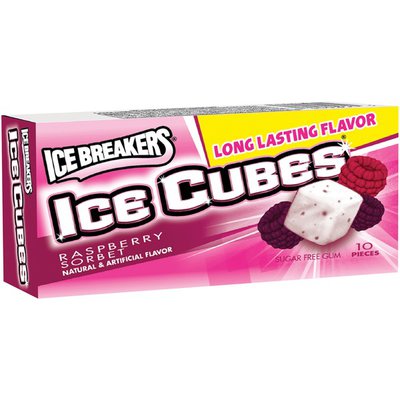
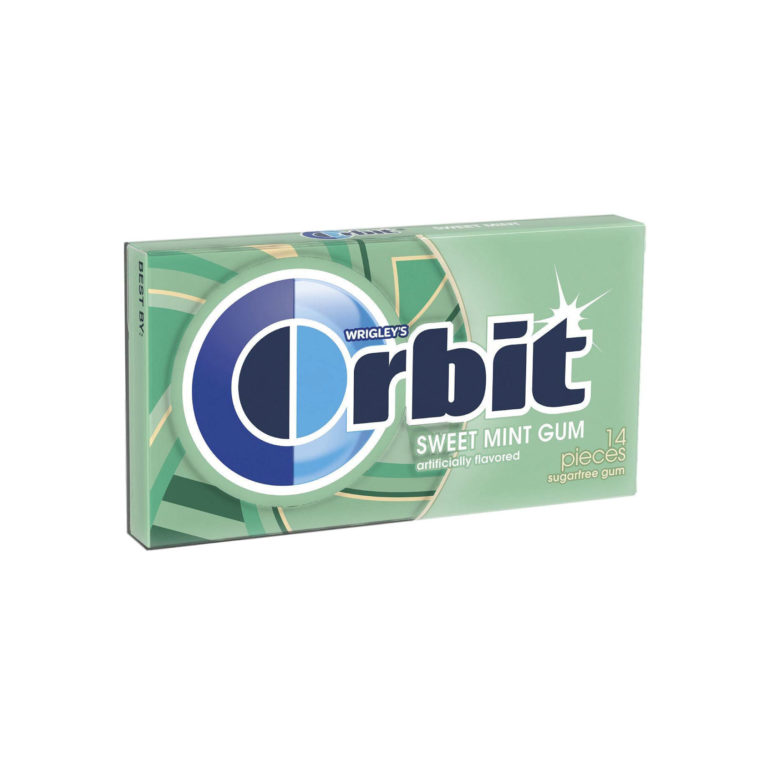
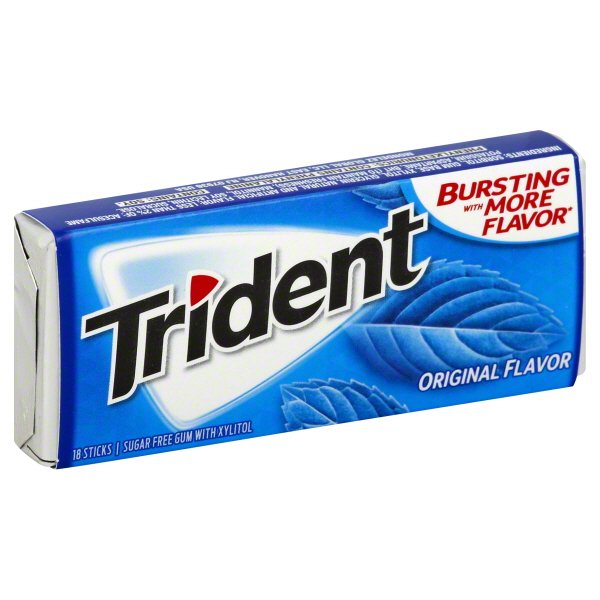
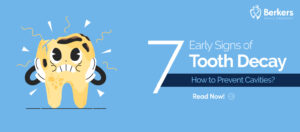




Leave a Reply